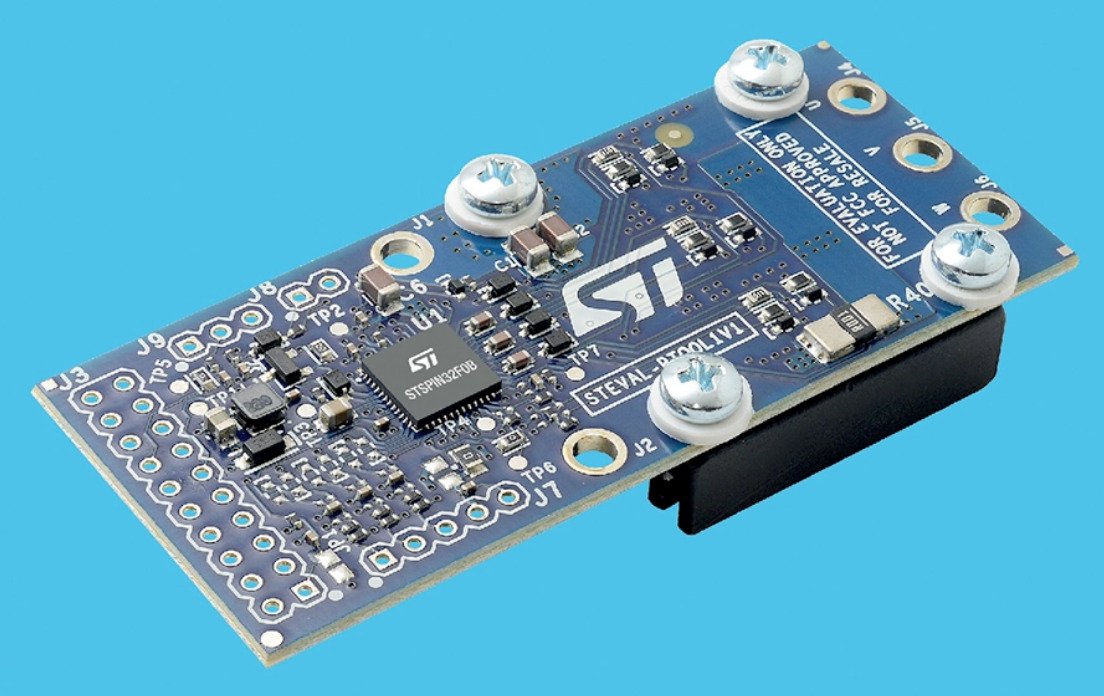
STMicroelectronics STEVAL-PTOOL1V1 BLDC Motor Driver for Battery-Powered Applications
Due to continuous developments in power electronics and advanced semiconductor devices, the brushless DC motor (BLDC), also known as the electronically commuted motor, is seen in commercial and industrial applications. If you are looking for a brushless motor design, this might aid your requirements. The STEVAL-PTOOL1V1 from STMicroelectronics is based on the STSPIN32F0B controller, which is an advanced single shunt BLDC controller with embedded STM32 MCU, and STL180N6F7 (or STL220N6F7) is an N-channel, enhancement type power MOSFET. This compact design measures 70 mm x 30 mm and is designed for low voltage power tools driven by 3-phase brushless motors, supplied by 2S to 6S Lipo batteries.
These three-phase BLDC motors are known for their high-efficiency capability and easy to drive features. But one of the disadvantages of this kind of motor is that the commutation of the motor phases relies on its rotor position. To tackle the rotor position issue, a sensorless solution is developed for the elimination of the position sensor and its connections between the control unit and the motor.
This board is available for both sensorless and sensor field-oriented control (FOC) and can be designed for up to six-step sensorless control through available BEMF sensing circuitry. “The Back-EMF (BEMF) sensing technique is based on the fact that only two phases of a DC Brushless motor are connected at a time, so the third phase can be used to sense the Back-EMF voltage.
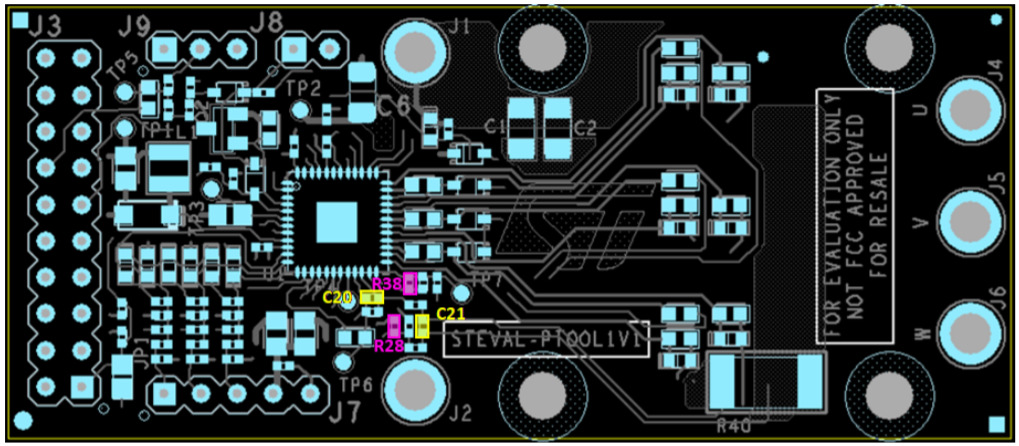
As mentioned before, the board is based on the STSPIN32F0B controller, which has embedded a triple half-bridge gate driver able to drive power MOSFETs with a current capability of 600 mA because we also have STM180N6F7 Power MOSFET. The MCU has an extended operating voltage of 6.7 to 45 V along with a 3.3V DC/DC buck converter regulator with overcurrent, short-circuit, and thermal protection. The SoC is a 32-bit ARM Cortex-M0 core clocked up to 48 MHz clock frequency. It has a 4kByte SRAM, 32-kByte flash memory, and 20 general-purpose I/O ports.
The design is also based on STL180N6F7 (or STL220N6F7) Power MOSFET that features “an enhanced trench-gate structure with faster and more efficient switching for simplified designs and reduced equipment size and cost”.
The board is capable of delivering up to 15 A continuous currents because of the optimal thermal dissipation provided by an embedded heatsink.
According to the company, this reference design is predominately intended for power tools, but is very suitable for any battery-powered application involving similar architecture, rating and performance. A potentiometer input for speed variation is available.
To get started, make sure you check this page for complete information. For interested folks, the user manual is available on STMicroelectronics’s website and can be ordered directly through the STMicroelectronics’s website for $40.43 for volumes of 1 to 500 units.
Source: All the images were taken from STMicroelectronics.




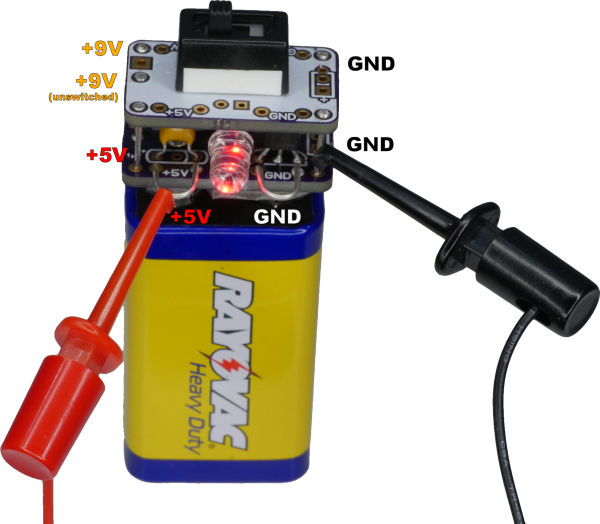
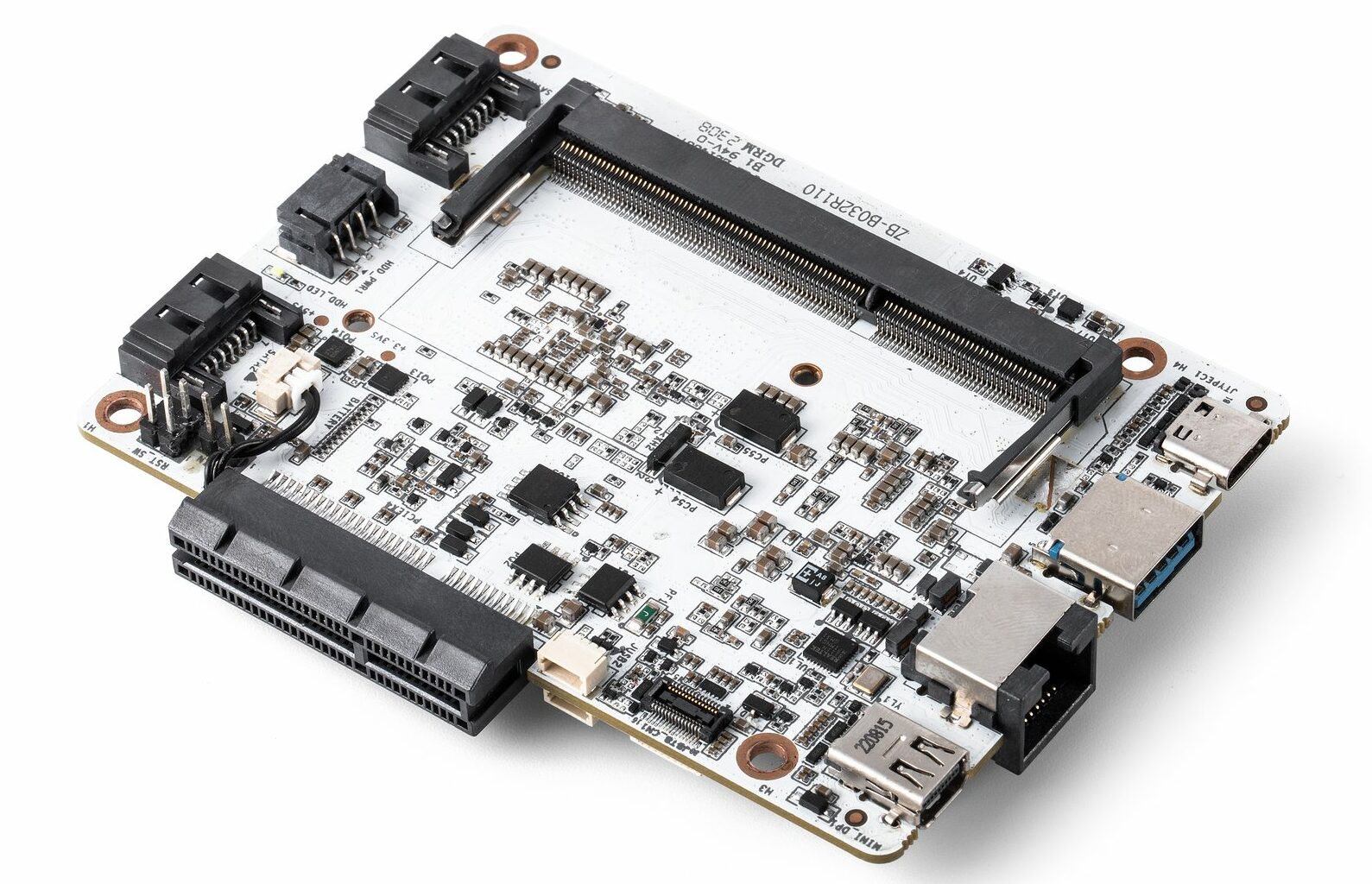
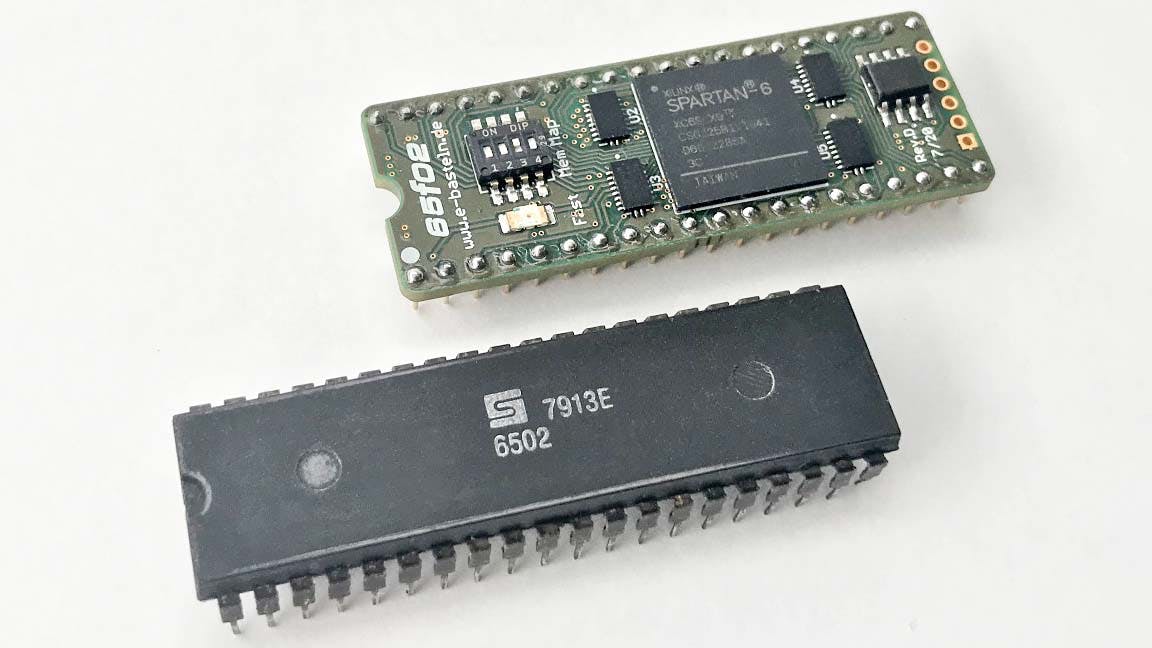

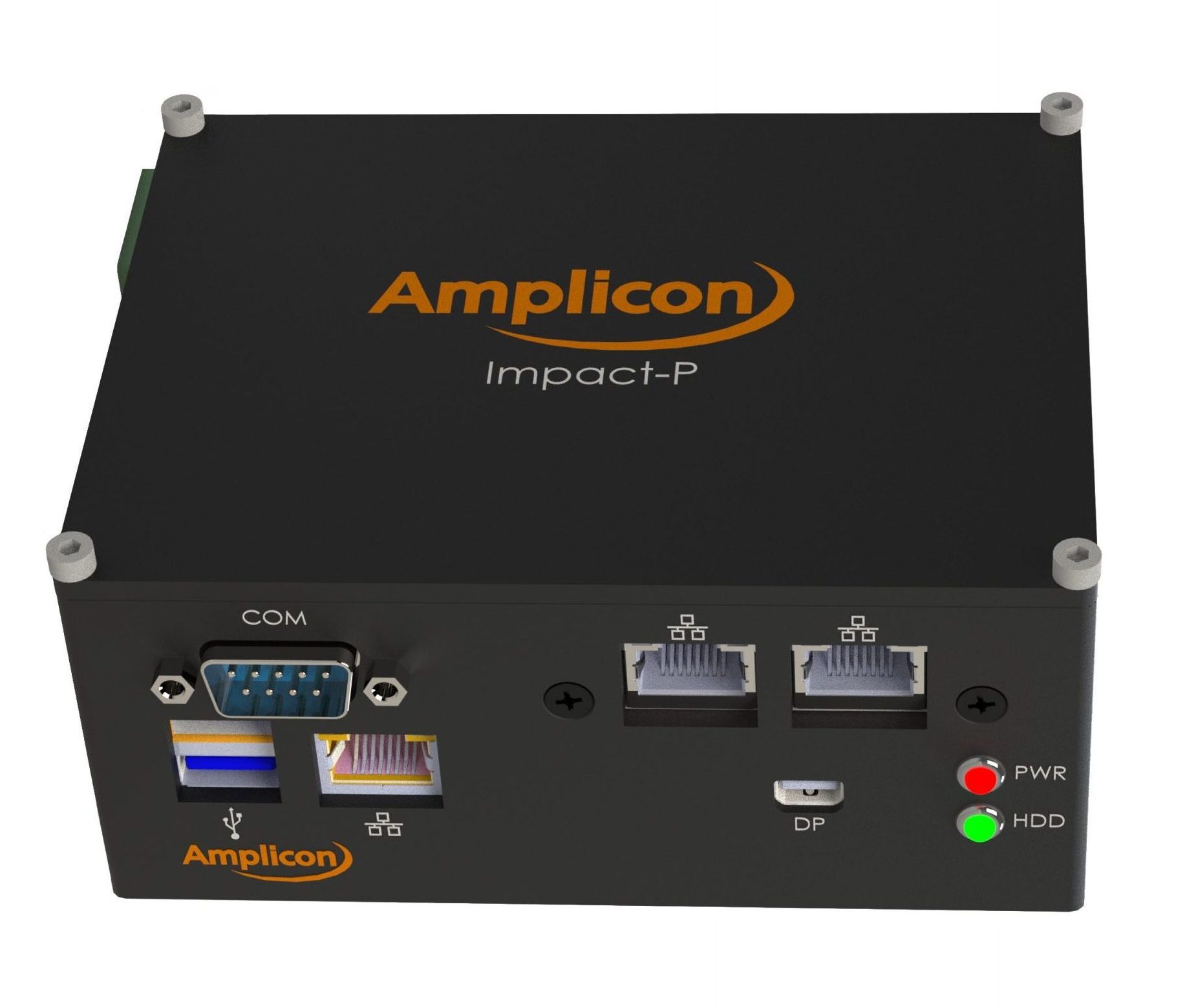
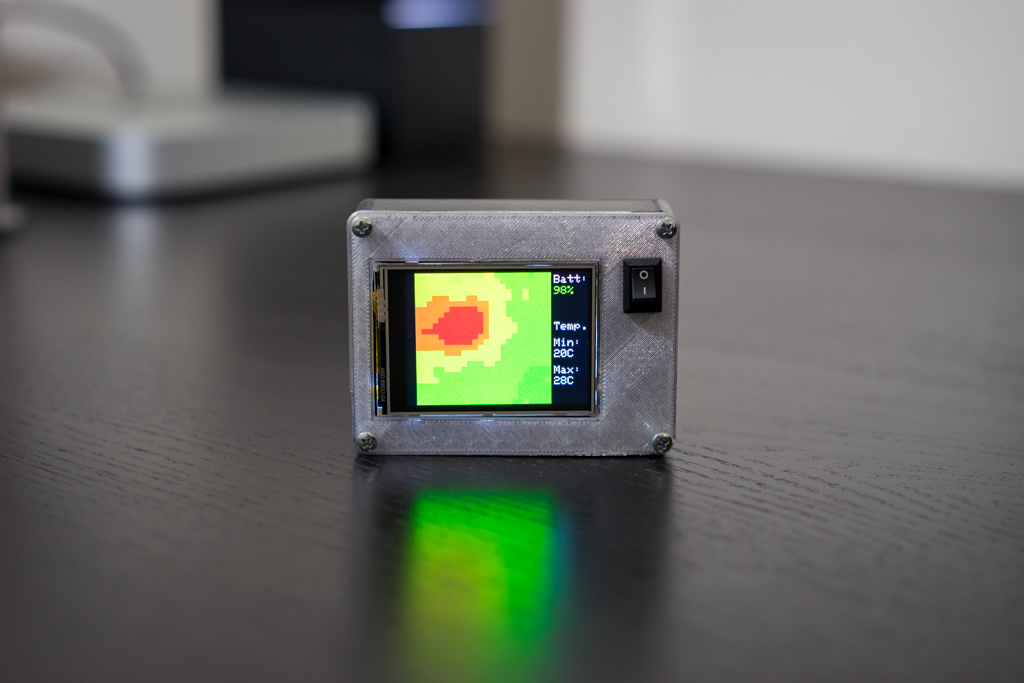







Hey, I like your post, I was really eager to learn about this stuff/I have saved the URL of your site and will share on social media. i am working on similar site
do check it out
https://ourelectronicproducts.com/